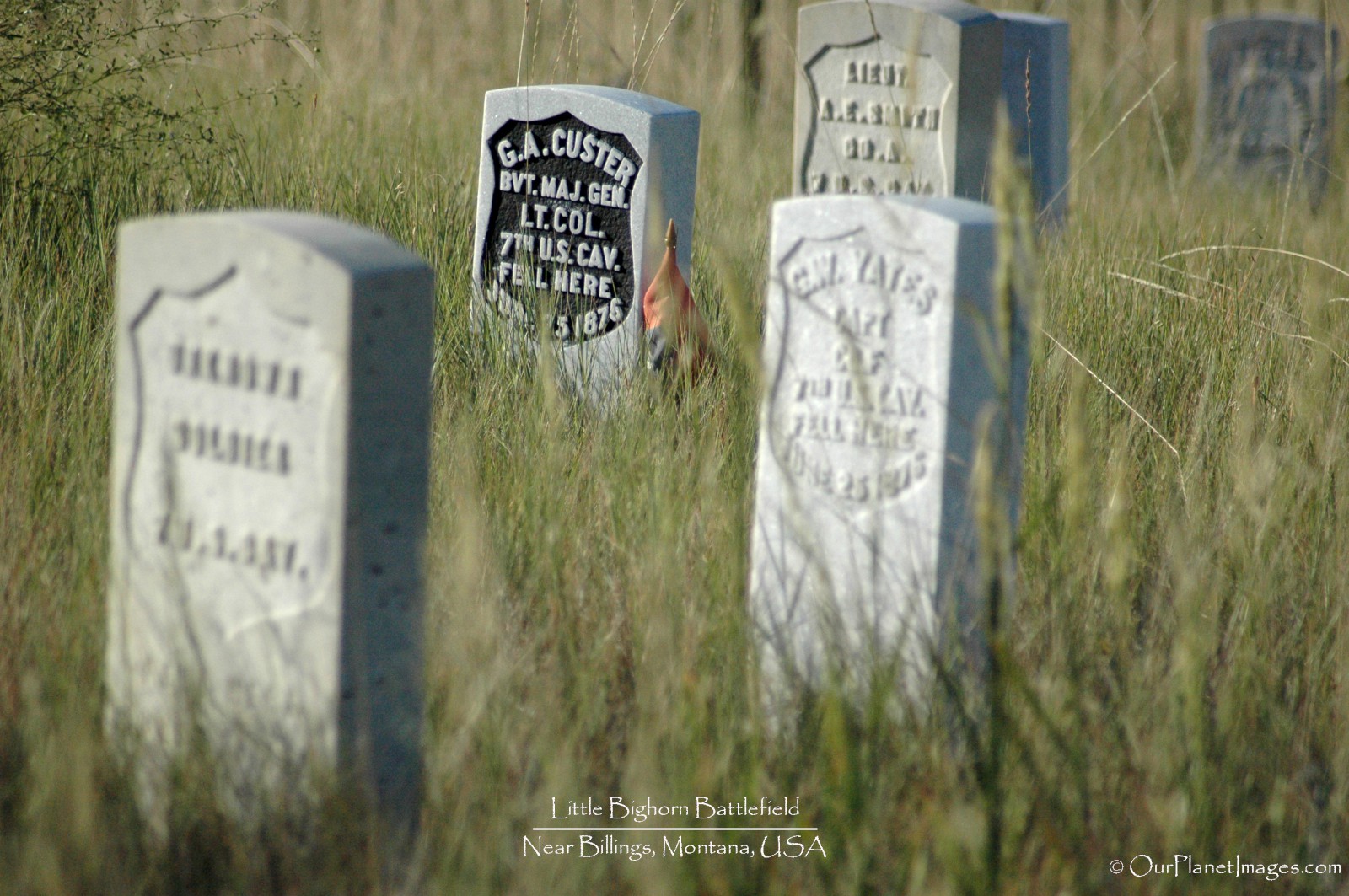The Battle of Little Bighorn was fought on June 25th 1876 near the Little Bighorn River in Southern Montana. I don’t want to retell the story of the battle since most people know that this is where George Custer died while fighting the Sioux and Northern Cheyenne tribes.
A few details that I thought were interesting:
• Custer’s battalion numbered about 200 soldiers.
• Sitting Bull being older at the time commanded a group of warriors to ensure the safety of the women and children.
• Crazy Horse lead a group of 3000 men into the battlefield.
The photo below shows the landscape of the battlefield and provides an idea of the scene where the U.S. Cavalry and Indian forces fought on that day.

A road circles through the battlefield and tombstones are placed where the U.S. cavalry men died in the battle and the soldiers were buried at those locations. The two photos below show an example of how these tombstones look in the field.

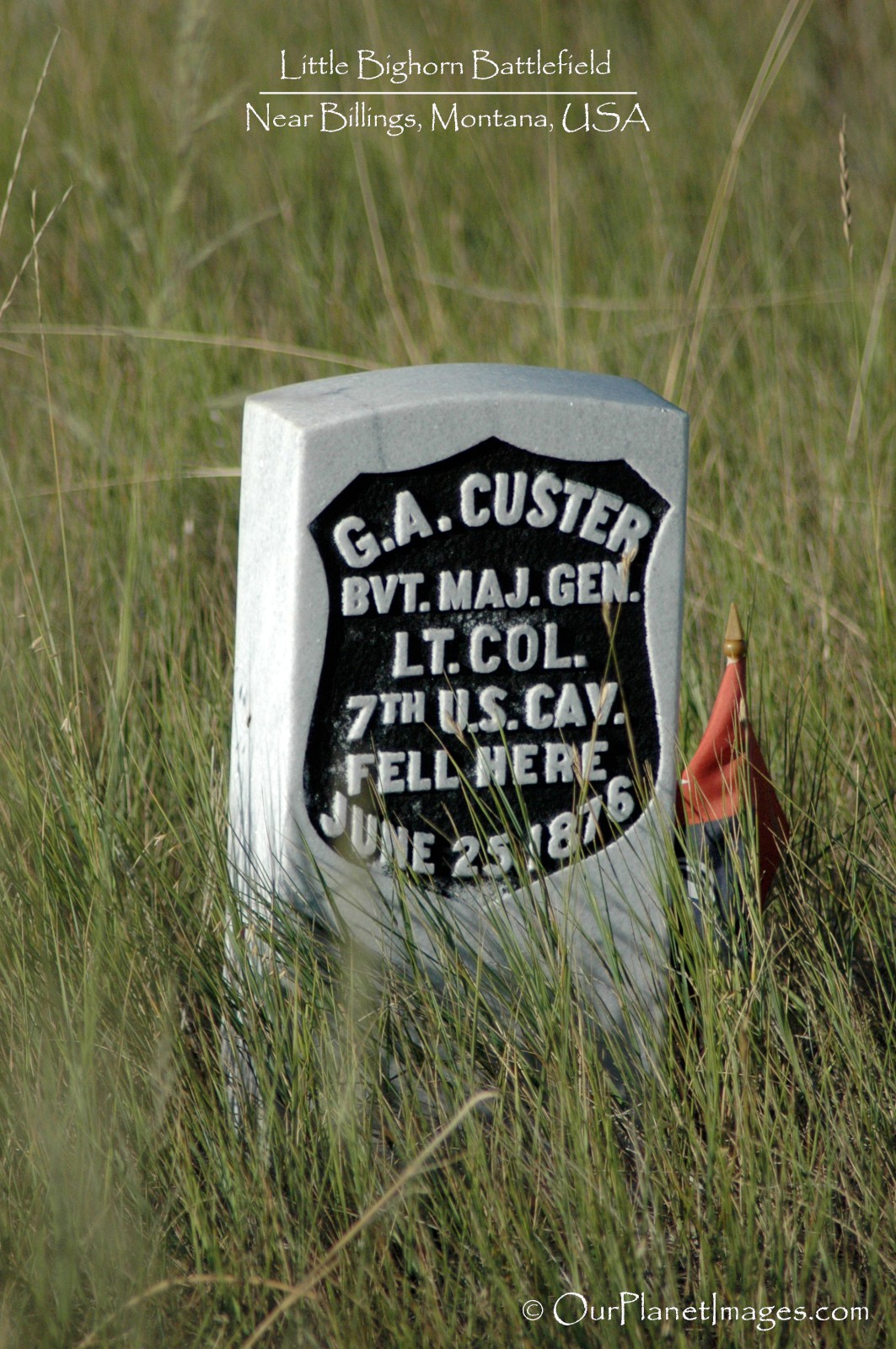
Custer National Cemetery
A short distance from the Little Bighorn Battlefield is Custer National Cemetery. The cemetery was designated in 1879 as a national cemetery and is maintained by the National Parks Service. There are approximately 4900 grave sites of military soldiers and sailors killed in action or veterans that served in the U.S. Military in the Indian Wars, Spanish American War, World War I, World War II, Korean War and Vietnam War.


The tomb markers are not all the same. The photo below shows three different types of markers with some having almost no information and others have great details.
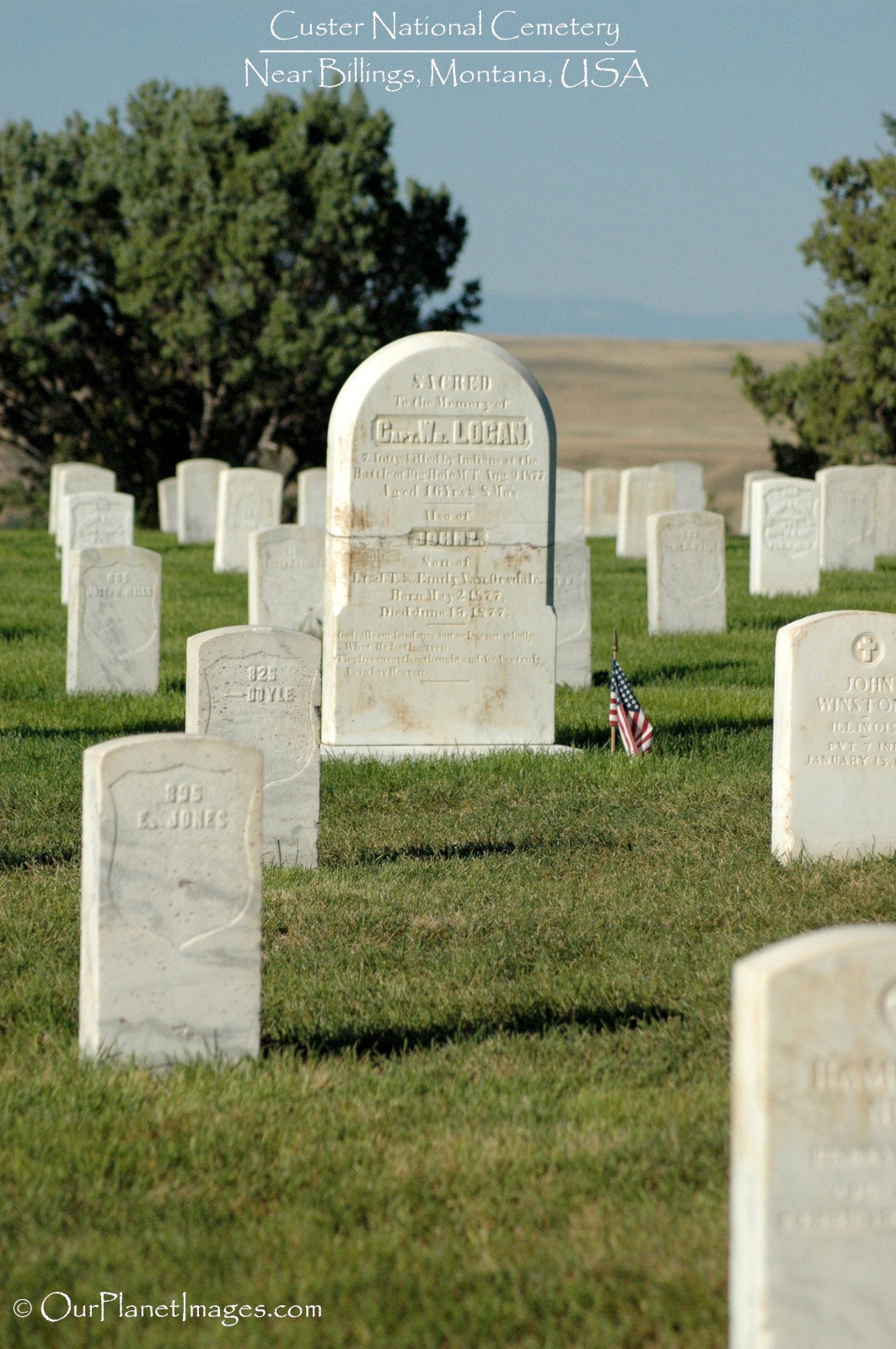
The cavalry had Indian scouts that were part of the unit and these scouts are also buried at the cemetery. A few of these caught my attention because of their names.
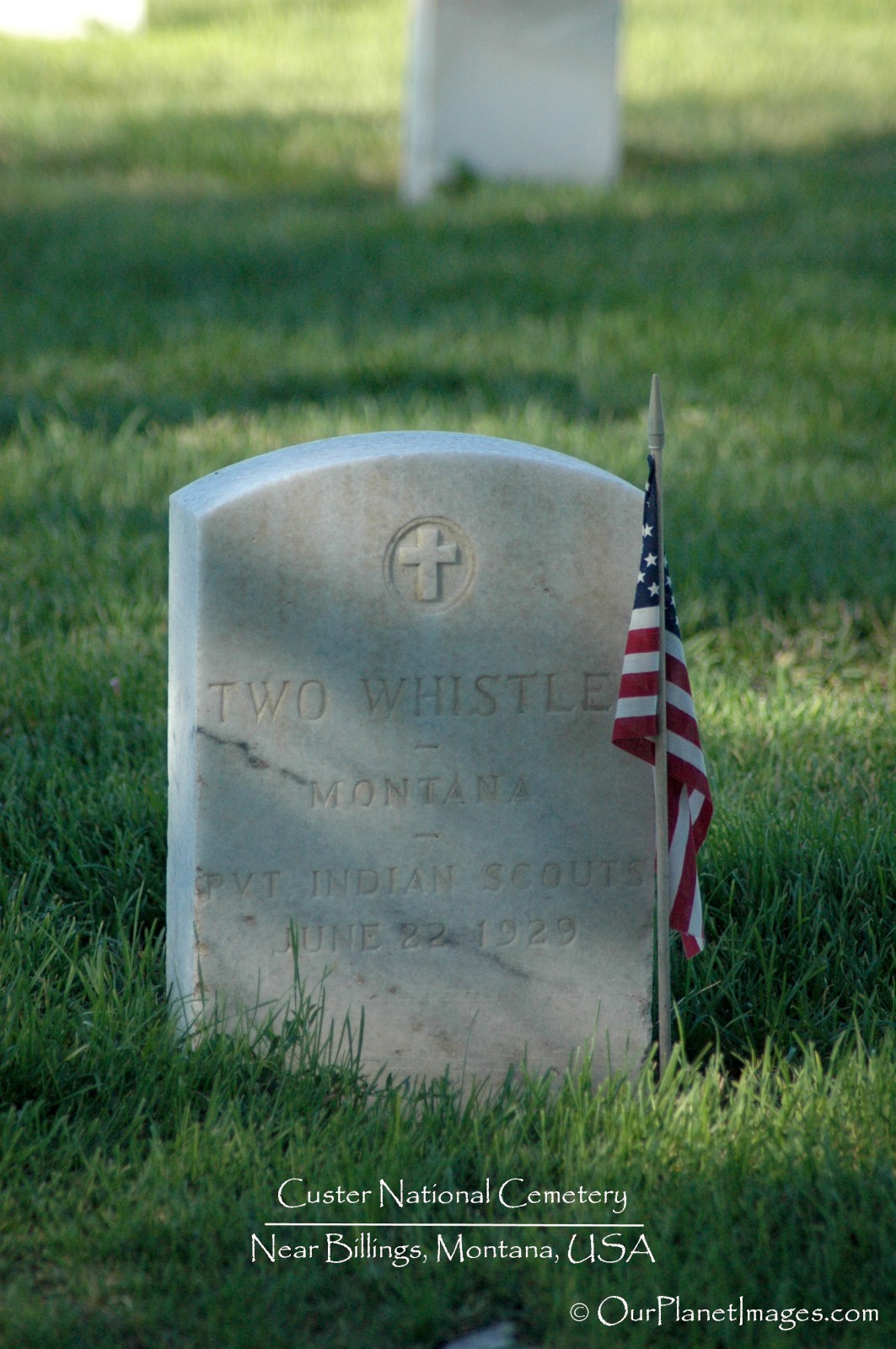
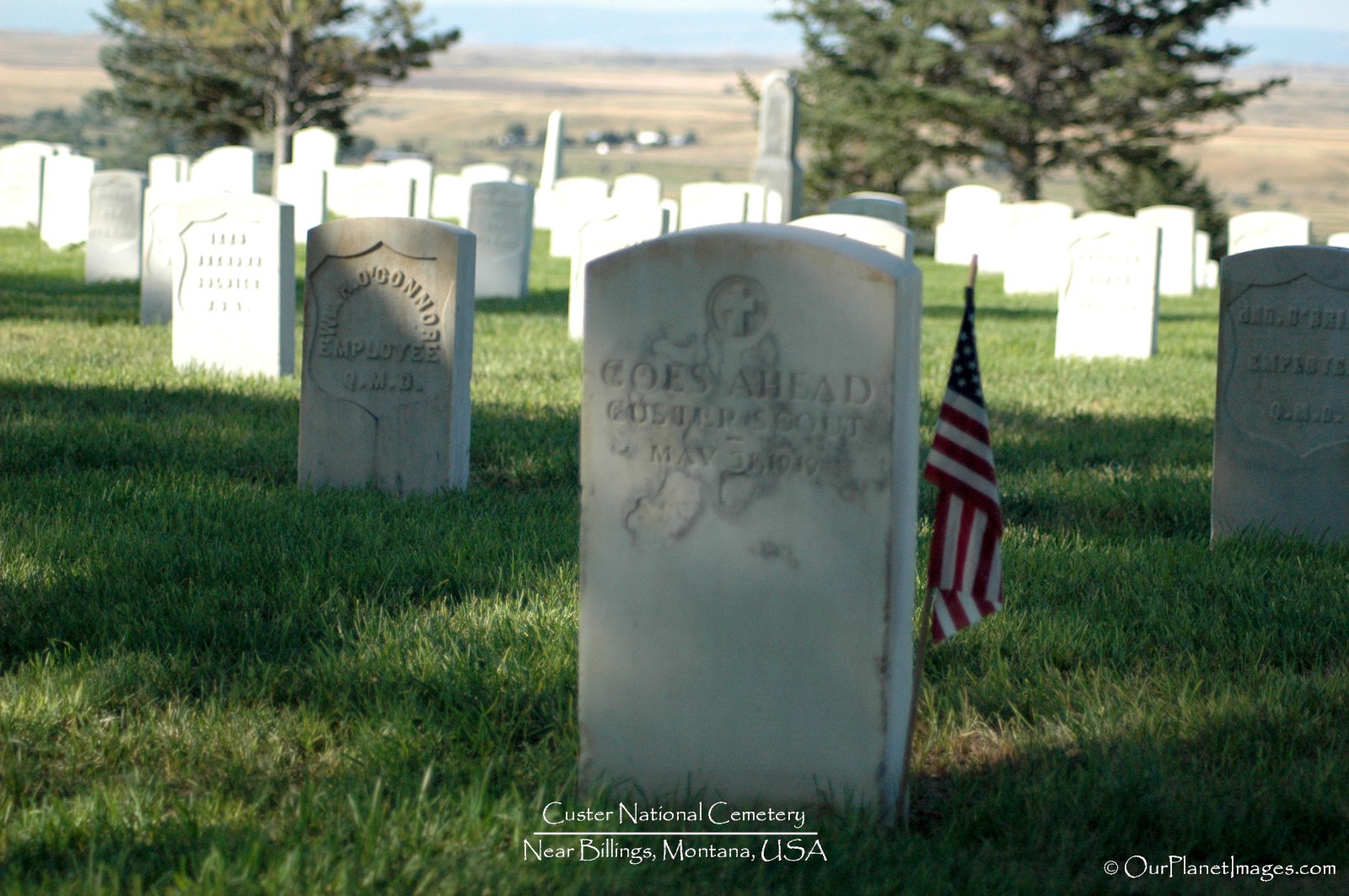
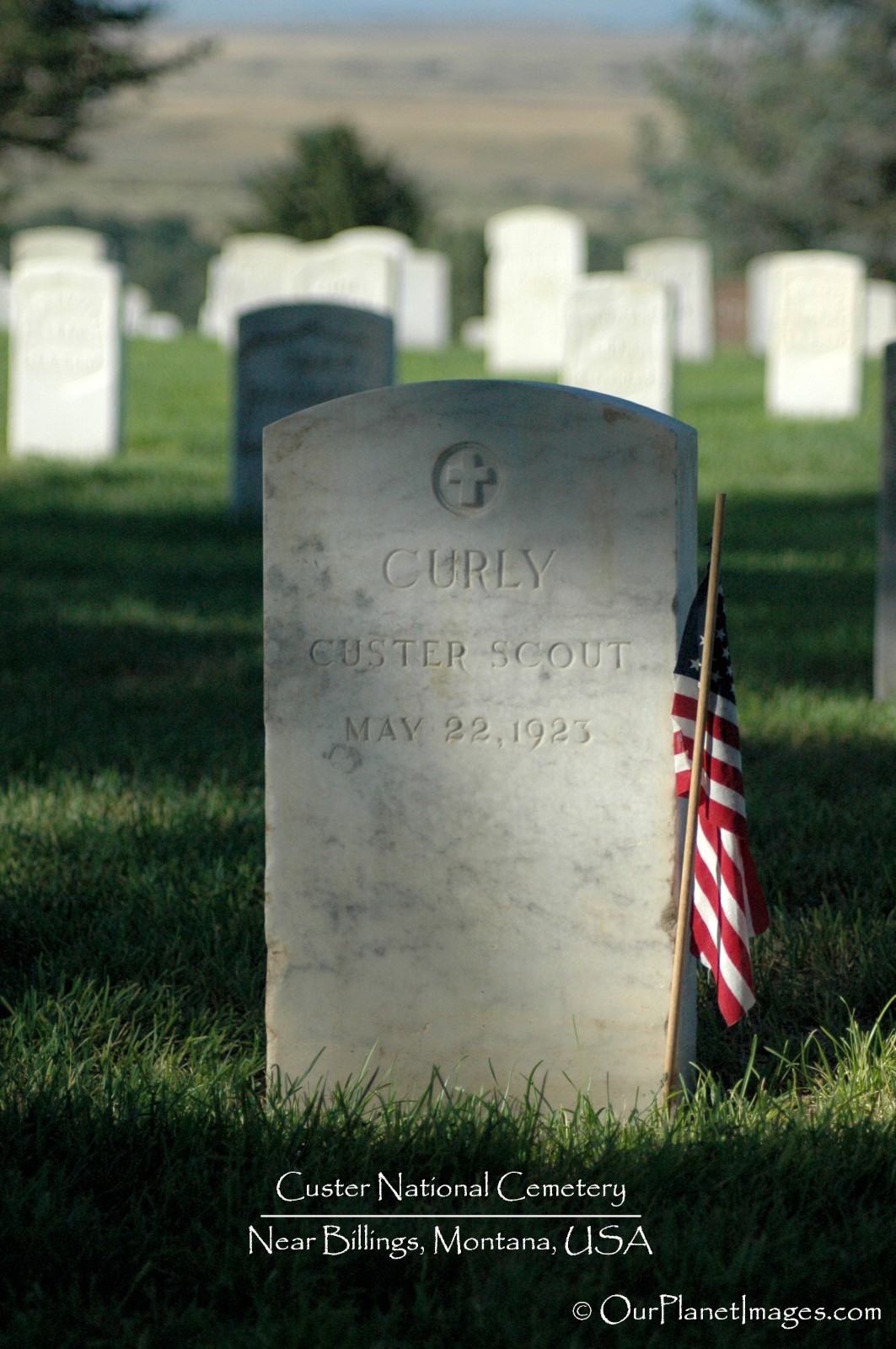
Related Posts
